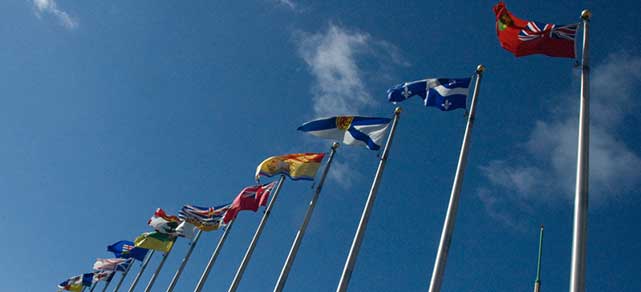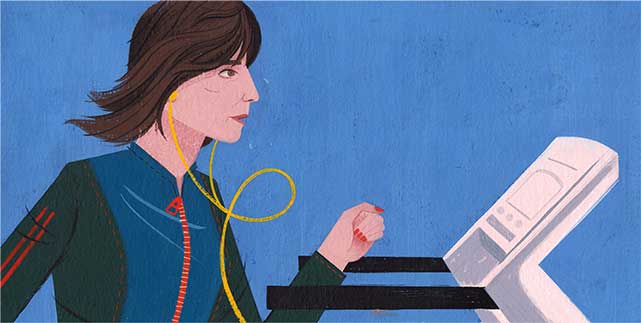When Export Development Canada (EDC) signed on to the Equator Principles in 2007, the world of international project financing was simpler – if not more transparent.
The Equator Principles, established in 2003 and now into their third iteration, are voluntary and self-regulatory standards for responsible project finance. As a risk management framework for lenders that is very much a work in progress, the standards impose certain environmental and social obligations on borrowers.
So far, 79 financial institutions from around the world have signed up, including seven from Canada. EDC, a federal export credit agency, is the only Canadian bank that sits on the organization’s steering committee, an indication of how seriously it takes the principles.
But Signi Schneider, vice-president of corporate social responsibility at EDC, said international project financing has become a murkier business since the Equator Principles were created.
The path to the financial crisis of 2008 is littered with intricate financing mechanisms, such as asset-backed securities, which are risky precisely because of their lack of transparency. Similar instruments are being used for international project financing, she says, and they’re becoming increasingly complex.
“A decade ago, building a port might have always been financed through a particular kind of financing structure that allowed for getting to the heart of that port’s environmental impacts,” Schneider said. “That’s changed massively. It’s not as obvious, compared to 10 or 20 years ago, what the long-term ethical and sustainability questions are.”
It’s not that EDC doesn’t ask the questions; it’s that it doesn’t always get the answers – let alone the right answers. For this reason, Schneider is supportive of efforts that encourage organizations to embrace the disclosure of sustainability performance. Corporate Knights’ Future 40 ranking and the data it collects is a valuable example, she said, of how transparency is rewarded and recognition is given to those who do it well.
“We see the utility of being more transparent ourselves, and we appreciate going to the source and getting good information and not having to ask additional questions, especially on environmental matters,” she added, pointing to EDC’s dealings in Russia, where getting information about the environmental practices of a company or project is like pulling teeth.
Not that all projects are black holes of information. A massive refinery project in Turkey, where EDC led a $3.3 billion (U.S.) financing in December, was found to exceed standards based on the Equator Principles. Not a “clean” project per se, but not as “dirty” as it could be.
Asked whether there are certain projects EDC simply won’t invest in, Schneider said the bank doesn’t have a do-not-invest list, but issues such as carbon risks are increasingly being considered during project evaluation. “There’s been movement. People are talking about things differently,” she said. “Just because you don’t see a large pronouncement doesn’t mean there’s not a thriving debate going on.”
The story is different where EDC has more direct control. Embracing sustainability disclosure is part of that. The bank has been putting out a comprehensive corporate social responsibility report for nine years. In 2009, it declared transparency, climate change, and human rights as strategic priorities.
It has proven an important source of financial support for Canadian clean technology companies looking to export products and services deemed too risky for traditional banks. With 1,150 full-time employees, EDC has also nurtured a culture of sustainability within its own ranks – starting with leadership from the top.
“Being a responsibly run company is at the core of sustainability, I really believe that,” said Benoit Daignault, president and chief executive officer of EDC since February 2014. “I’m fortunate in that EDC already has strong governance and CSR policies, so my impact is really about making sure that we live those policies day to day.”
Schneider credits the employees at EDC for really embracing a sustainability mindset. She said multiple departments in the bank are responsible for different sustainability performance targets, “a testament to the fact that everybody is committed.”
Where weaknesses are identified, people in the company have shown a willingness to step up. Gender diversity is one example. “We’ve been working on this for a number of years,” said Schneider. “There was a feeling we needed to work more on diversity issues, so women leaders at EDC took it upon themselves to ask: What can we do to start supporting this particular issue?”
As for its primary purpose as an export credit agency, the bank broke ground last winter by issuing its first green bond, raising $300 million (U.S.) to support Canadian firms (and their products and services) tackling climate and environmental issues in other countries.
Schneider said the green bond is an example of how the company is willing to experiment where others won’t – even if it proves challenging. “We just kept plugging away to see if we could make it work,” she said. “There is a supportive atmosphere here for people doing things a little bit unconventional, and that’s moving the stick forward for our organization.”
Click here to go back to the ranking landing page.






